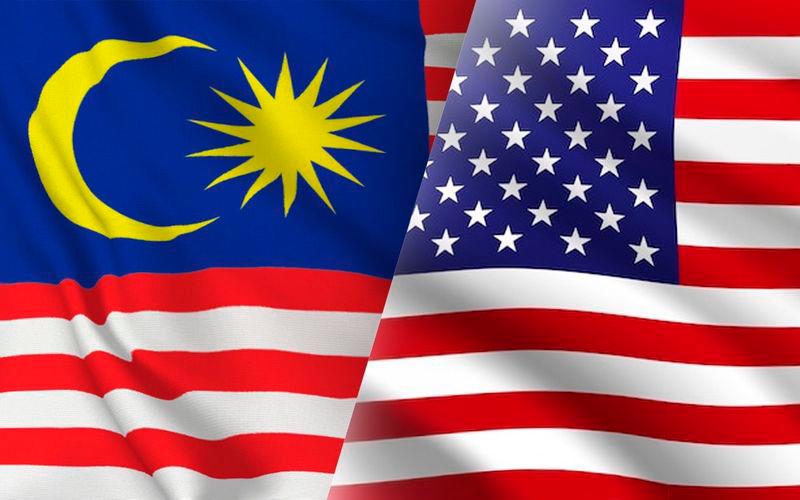By Doreenn Leong
BELEAGURED national carrier Malaysia Airlines Bhd (MAB) is likely to see another change in its shareholding structure soon as its parent company Khazanah Nasional Bhd mulls options on its stake in the carrier.
No one in his right mind would continue to fork out billions to keep the airline afloat and given the proposals on the table right now, it appears that AirAsia Group Bhd’s (AAGB) bid is being favoured by the sovereign fund.
Khazanah’s official document reveals a proposal to merge MAB, AAGB and AirAsia X Bhd, the long-haul budget carrier. Khazanah views this as the best plan forward for MAB but points out “high execution risks”. For one, the exercise will need to get the nod of the anti-competition commission.
This is not the first time AirAsia is involved in MAB’s attempt to turn around. In 2011, the government initiated a share swap under which Khazanah gave up a 20.5% stake in Malaysia Airlines for 10% of AirAsia.
AirAsia executives including co-founder Tan Sri Tony Fernandes were given board seats on Malaysia Airlines.
It was hoped that the exercise would result in easing price competition and turn around the national carrier. However, the arrangement was aborted some eight months later, as the government bowed to pressure from the national airline’s union politicians as well as criticism of anti-competitive issues.
MAB has been on a whirlwind ride as there were numerous attempts to revive its fortune.
It all began in 1994 when businessman Tan Sri Tajudin Ramli took loans from several government-linked companies totalling RM1.79 bil and then used the money to buy a controlling stake in Malaysia Airlines.
The airline under the helm of Tajudin was badly affected by the 1997 Asian financial crisis. It had lost RM256 mil in 1998 and net losses of RM255.7 mil in 2000.
Eventually, the government took MAS back from Tajudin for RM8 a share – the exact price Tajudin had paid seven years before. This drew much flak from the public as MAS was near bankruptcy and the share price was hovering at RM3.68 each.
Government-linked debt-restructuring company Danaharta eventually made an out of court settlement with Tajudin despite winning a legal case over the RM589 mil in loans owed by Tajudin to the company.
Huge losses
MAS meanwhile continued to deteriorate and reported a huge loss of RM1.3 bil in 2005. The government then roped in former Shell executive Datuk Seri Idris Jala as its CEO. In 2007, the airline fared remarkably well, recording a profit of RM852 mil, the highest in MAS history, and RM522 mil profit in 2009.
Idris later left to serve as the Minister in the Prime Minister’s Department and as the CEO of the Performance Management and Delivery Unit (Pemandu) from 2009 till 2015.
Two years after Idris left his post, MAS suffered one of the highest losses in the aviation industry, a massive RM2.5 bil in 2011.
It made a profit of RM430 mil the following year, but lost RM1.16 bil in 2013.
In 2014, MAS lost two planes – first on March 8, flight MH370, en route to Beijing from Kuala Lumpur, disappeared while leaving Malaysian airspace.
Just four months later, on July 17, flight MH17, en route to Kuala Lumpur from Amsterdam, was shot down by a ground-to-air missile while flying 30,000ft over a conflict zone in Ukraine. None of the 298 passengers and flight crew survived.
These incidents forced Khazanah to finally take MAS private in 2014, paying RM1.38 bil to compensate minority shareholders, before embarking on a “complete overhaul” which entailed Khazanah injecting some RM6 bil.
In September 2015, the airline was reborn as MAB after the previous entity, Malaysia Airline System Bhd transferred relevant operations, assets and liabilities to MAB. Christoph Mueller was the first non-Malaysian to helm the national carrier as CEO.
However, he stepped down in the following year ahead of his three-year contract, citing personal reasons.
Over the past 10 years, MAS is estimated to have lost RM10 bil of state money that was injected into it, according to Prime Minister Tun Dr Mahathir Mohamad. Overall, it was estimated that MAS lost more than RM20 bil of taxpayers’ money since 1994.
Whether there is a rescue or not, it looks like at least a further RM10 bil has to be injected, taking the total to over RM30 bil. This raises the question of whether the airline should be made history.
The latest round of deciding the fate of the airline will be closely watched and we will be keeping our fingers crossed, hoping the government does not make the wrong move to worsen its losses. – Feb 5, 2020
Earlier stories:
Part 1: Should Malaysia Airlines be shut down for good?
Part 2: A last chance for Malaysia Airlines









